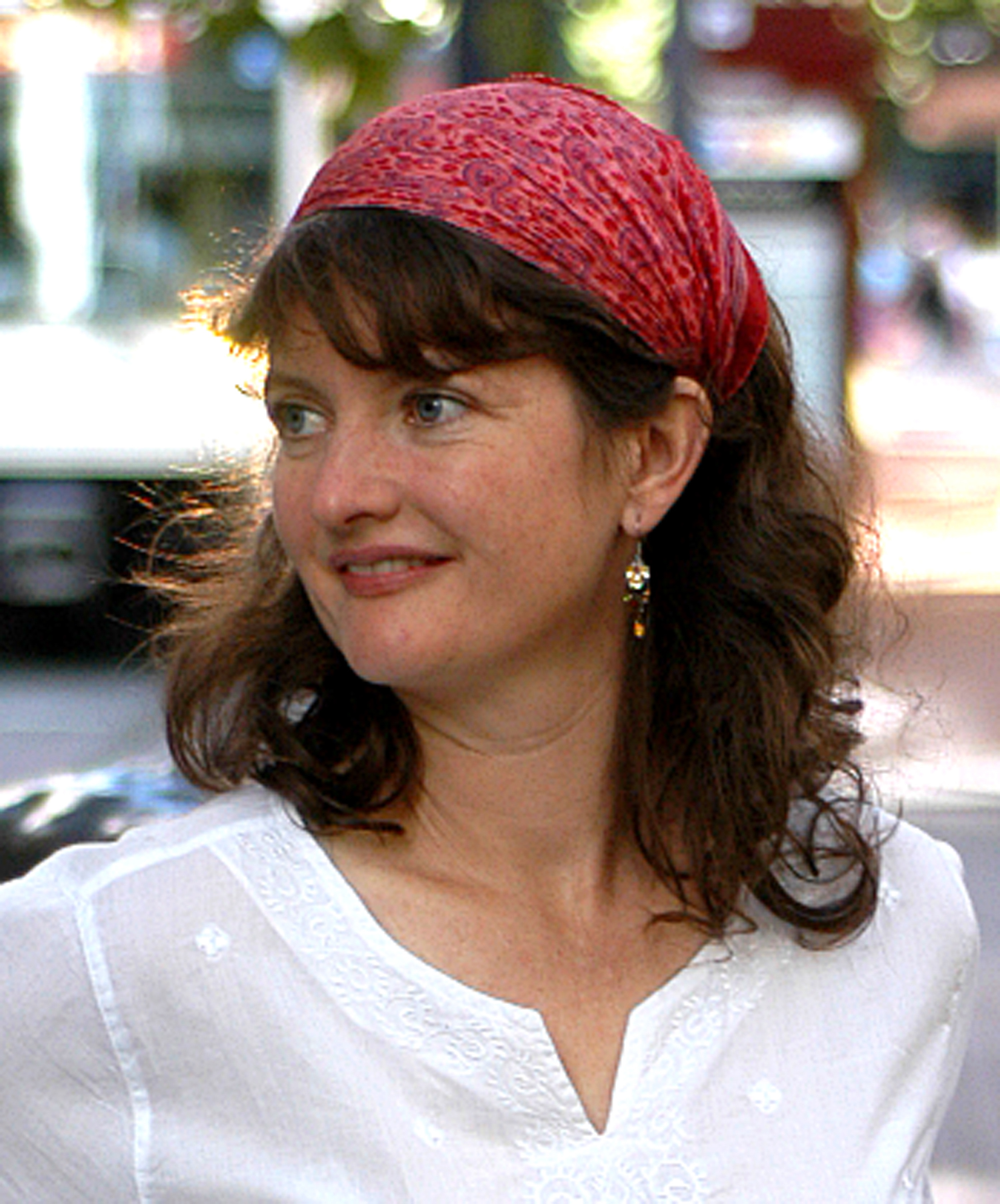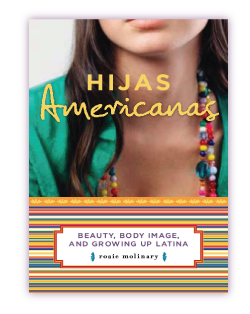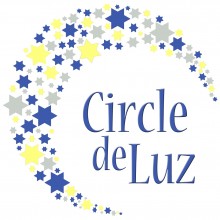When I have my act together, Tuesdays are the day to blog about culture, identity, and/or community engagement. And, today, hooray for us, I have my act together because I get to tell you about another book you should check out. Gringa: A Contradictory Girlhood is a memoir by Melissa Hart (and you know how I Heart Memoir) and published by Seal Press (full disclosure: this is my press, too, but Melissa and I did not meet because of our shared publisher). My copy is on order and I am so eager to tear into it because just the notion of it reminds me of the photo negative of my story.
Here is the book descriptor: Torn between the high socioeconomic status of her father and the bohemian lifestyle of her mother, Melissa Hart tells a compelling story of contradiction in this coming-of-age memoir. Set in 1970s Southern California, Gringa is the story of a young girl conflicted by two extremes. On the one hand there’s life with her mother, who leaves her father to begin a lesbian relationship, taking Hart and her two siblings along. Hart tells of her mom’s new life in a Hispanic neighborhood of Oxnard, California, and how these new surroundings begin to positively shape Hart herself. At the opposite extreme is her father’s white-bread well-to-do security, which is predictable and stable and boring. Hart is made all the more fraught with frustration when a judge rules that being raised by two women is “unnatural” and grants her father primary custody.
Hart weaves a powerful story of fleeting moments with her mother, of her unfolding adoration of Oxnard’s Latino culture, and of the ways in which she’s molded by the polarity of her parents’ worldviews. Hart is faced with opposing ideals, caught between what she is “supposed” to want and what she actually desires. Gringa offers a touching, reflective look at one girl’s struggle with the dichotomies of class, culture, and sexuality.
And here is some insight from Melissa and an excerpt of Chapter 1, complete with recipe!
Culture, Race, and Recipes
I got the idea for my memoir Gringa: A Contradictory Girlhood (Seal Press, 2009) from a Spanish flash card. When I was eight years old, my mother enrolled us both in Spanish classes at the local library. She’d fallen in love with the language and work of Miguel Cervantes. I fell in love with Spanish, as well.
Gringa is my story of growing up white, straight and boring in multicultural Los Angeles during the 1980s with a deep desire to be a Latina. When I was nine, my mother came out as a lesbian and moved my siblings and me to a largely Latino section of Oxnard, California. I longed for brown skin, fluent Spanish, and an intrinsic coolness that didn’t seem possible for a white girl whose culture included hokey MGM musicals and a total inability to roll my “R”s.
I’m happy to know that Gringa has sparked book club discussions about race and culture and self-image, and I’m particularly pleased with a review from Booklist; the writer says of Gringa, “LGBT families and immigrant kids will want it for the honesty, humor, and love. Every lively chapter ends with a detailed recipe that mixes food and feelings.”
I wanted to include recipes in homage to Laura Esquivel’s lovely novel, Like Water for Chocolate. However, it didn’t occur to me to write them as narrative until my husband read the manuscript. “The rest of the book is humorous,” he said. “So why not make the recipes funny, as well?”
I’m pleased with the result—quirky recipes which sum up each chapter’s main themes and are easy for readers to cook. Recently, a book club in Southern California had a dinner party using my recipes, and I Skyped with the members during their supper—so much fun! I had a wonderful time making the Gringa book trailer in the style of a televised cooking program, teaching viewers how to make what seemed to me at age ten the quintessential Mexican food—Frito Boats.
The excerpt below is from the first chapter of Gringa, titled “Salida.” It’s followed by my mother’s recipe for what she named “Tortilla Flats.”
There were ten of us in that community Spanish class—me, eight middle-aged white people (my mother included), and one eager Japanese woman. I have no idea why the others enrolled. Perhaps, like my mother, they’d fallen in love with the romance of the language, with its lyrical cadence and vivid nouns. The images on our thick pack of flash cards are burned into my brain: la nariz with its bulbous, comical nose; la boca depicting a seductively smiling mouth; el pelo showing a shorn lock of hair darker than my mother’s teased blond updo, and even darker than my own brown ponytails.
After class, we quizzed each other as we waited in an hour-long line for gas at the station. “¿El carro?” she prompted me, rolling her rs expertly around her tongue.
“The car,” I replied. “¿El gas?”
“The gas.”
We sat patiently in the crowd of silent cars and shuffled through our flash cards until we’d mastered them all.
“¿El arból?” she asked as we passed the same oak tree on our route home. The ends of its yellow ribbon undulated wistfully in the hot night breeze of Indian summer.
“The tree,” I replied. “¿El padre?”
“Your father.”
In Spanish as in English, he was always “your father.” My father. Not her husband.
“Hola, padre,” I greeted my father as we walked in from class. “¿Cómo está usted?”
He sighed heavily, stood up from his enormous orange chair, and turned to head upstairs to his bedroom, where he’d sleep for six hours before dragging himself out of bed at 4:00 am for his workday commute. Over his shoulder, he addressed me. “Speak English,” he said.
Even my little sister, Katie, could say a few words in Spanish, thanks to television. Every evening at five, we dove into my father’s chair to keep a date with Sesame Street. We giggled at the Ladybugs’ Picnic, at the Claymation orange singing Bizet’s Carmen, at the cartoon owl that hooted “peligro” at the rumble of a passing train or a piano falling out of a fifth-story window.
“Peligro,” I repeated to Katie. “Danger.”
Sometimes my mother prepared cheese, olive, and Ortega-chili-speckled triangles of tortilla for us on a TV tray. “Tortilla Flats,” she called them, holding up her dog-eared Steinbeck paperback by the same name. But more and more often, she disappeared—summoned by three blasts from the school bus horn—and remained outside talking with Patricia Sanchez long after Sesame Street had ended.
I stopped accompanying my mom down the path to retrieve my brother. Instead, I remained in the chair. Unlike George, Patricia spoke little to me. “¿Cuántos años tienes?” she asked me once, and since we hadn’t gotten to age in our Spanish classes, I attempted to answer with what I had learned.
“¿La oreja?”
I shuffled back up the path to the house, my mother’s laughter lilting like the supple strings of Spanish guitars.
Tortilla Flats
Shred cheddar or jack cheese, making sure not to grate your knuckles as you dream about la libertad. Open a bag of corn tortillas, and inhale deeply. Place six on a baking sheet. Know that to be truly authentic, you would grind the corn and mix the dough yourself. Resolve to buy a mortar and pestle and a tortilla press.
Sprinkle tortillas with shredded cheese. Top with sliced black olives and diced green chilies. Feel guilty that you didn’t take the time to roast and peel the chilies yourself because you really wanted to finish that Steinbeck novel.
Place tortillas in oven, and broil until cheese is bubbly, but not burned. While you wait, listen to the laughter of your children as they sit in front of Sesame Street. Cut tortillas into wedges and place on a TV tray. Serve hot, garnished with a deep desire for someplace else.
–From Gringa: A Contradictory Girlhood, by Melissa Hart





Thank you, Rosie, for posting information about Gringa! This recipe is hilarious–my mom and I really thought we were making authentic Mexican food by sprinkling cheese on tortillas. But Gringa also includes one of the best and most authentic salsa recipes I’ve ever found, plus an incredible recipe for Spanish hot chocolate. Enjoy!
-Melissa